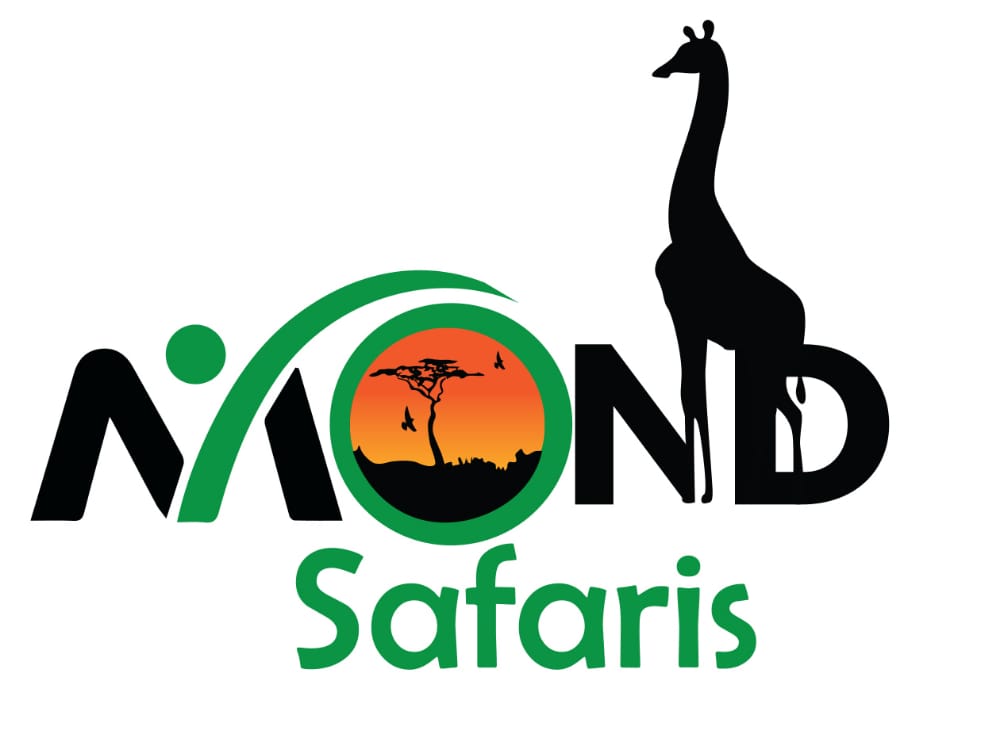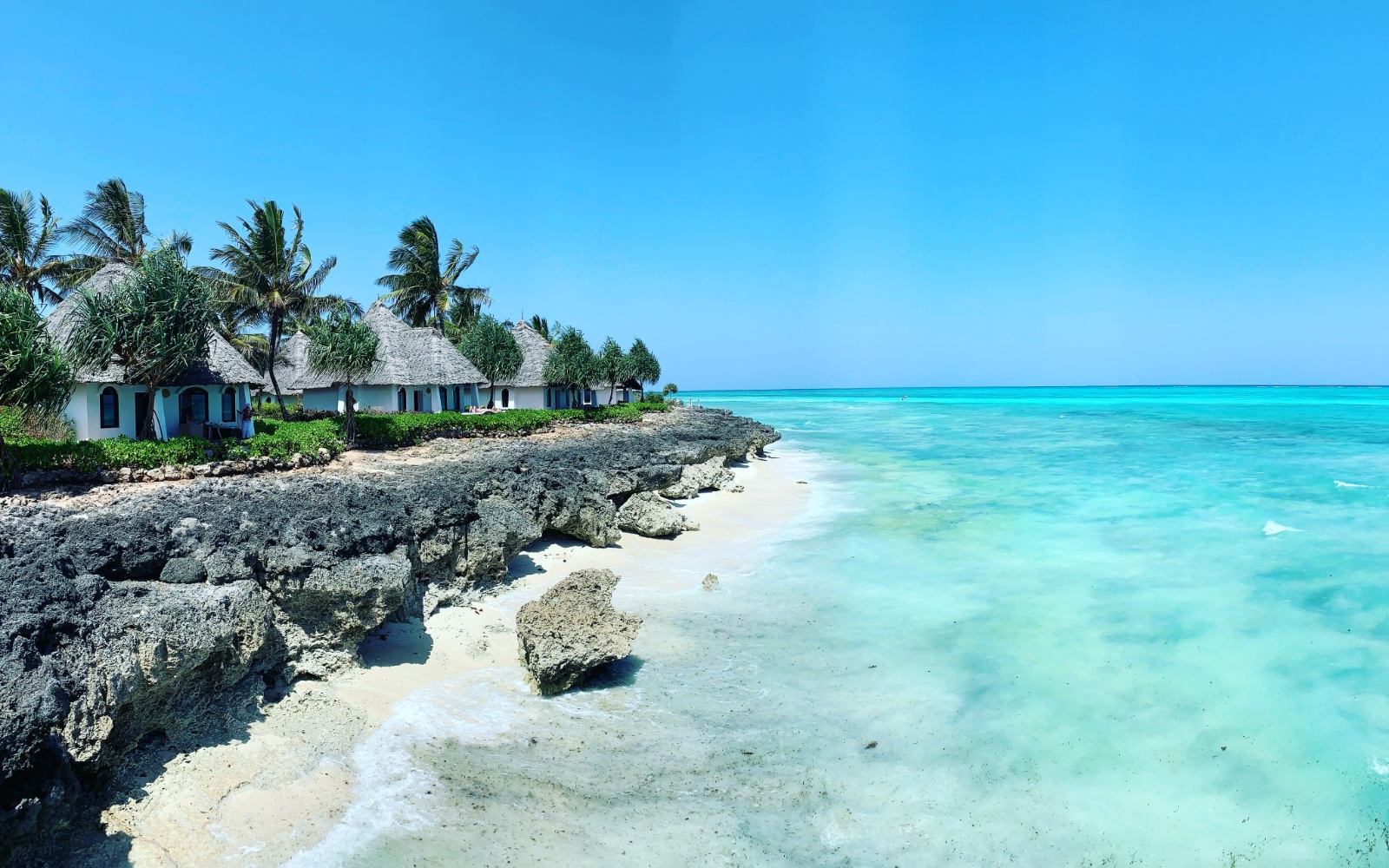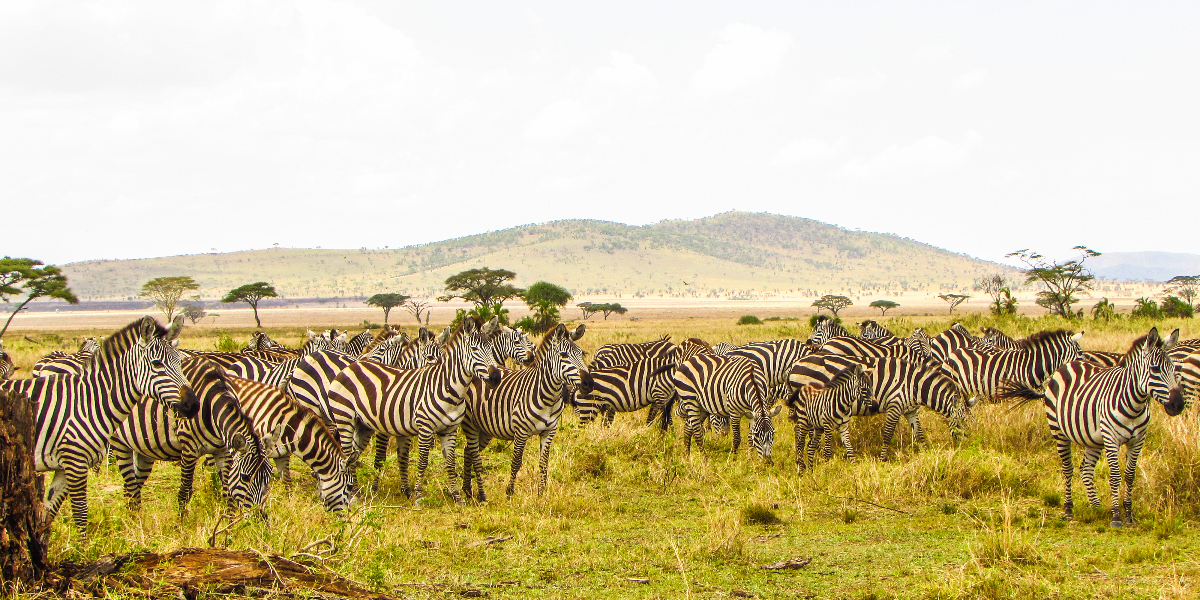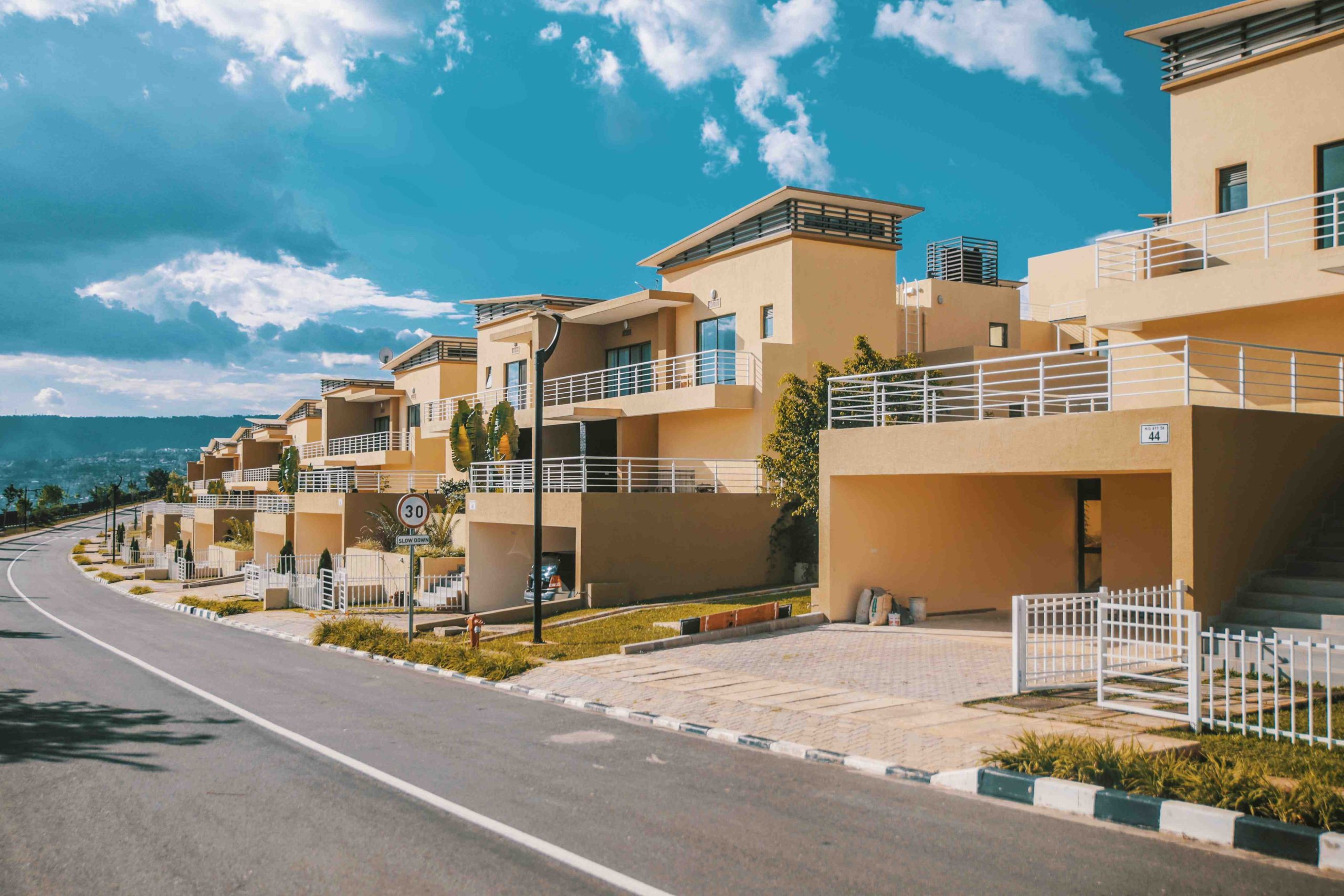Embark on an African adventure like never before as we unveil the top 7 best…
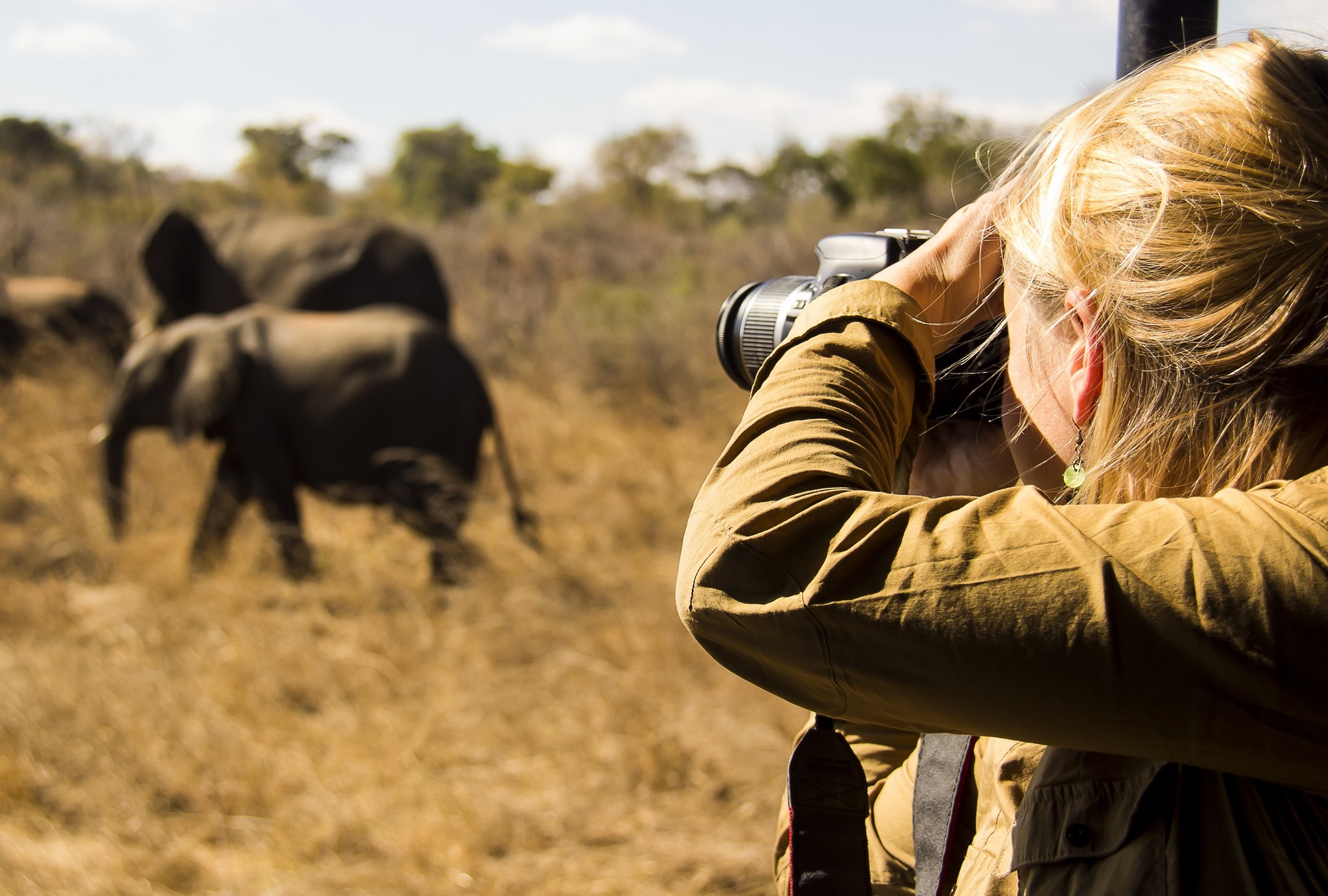
photographic safaris in Africa
From Lens to Adventure: Exploring the Thrills of Photographic Safaris in Africa
photographic safaris in Africa: Capture the raw beauty and untamed wilderness of Africa through the lens of your camera on during your photographic safari in Africa. Start on a journey that combines the thrill of adventure with the art of photography, as you immerse yourself in the breathtaking landscapes and encounter the majestic wildlife that call this continent home. From the vast plains of the Serengeti to the dense jungles of Bwindi Impenetrable Forest, Africa offers a myriad of opportunities for photographers of all skill levels.
Why choose photographic safaris in Africa
Africa is a continent like no other, blessed with a diverse range of ecosystems and abundant wildlife. It is a paradise for photographers seeking to capture the essence of nature at its most raw and untamed. From the iconic savannahs of Kenya and Tanzania to the lush wetlands of Botswana and the remote deserts of Namibia, Africa offers a wealth of breathtaking landscapes and wildlife encounters that will leave you awestruck. Whether you are interested in capturing the dramatic moments of a predator-prey interaction or the intimate details of a bird in flight, Africa offers it all. The continent’s rich cultural heritage and warm hospitality also add an extra dimension to the photographic experience, allowing you to connect with local communities and capture the vibrancy of African life.
Top destinations for photographic safaris in Africa
Africa is a vast continent, and choosing the right destination for your photographic safari can be a daunting task. Each region offers its own unique set of experiences and photographic opportunities. Here are some of the top destinations that should be on every photographer’s bucket list:
1. Maasai Mara in Kenya: Known for its incredible wildlife sightings and the annual wildebeest migration, the Maasai Mara is a photographer’s dream. The vast open plains provide the perfect backdrop for capturing iconic images of lions, elephants, and other African wildlife in their natural habitat.
2. Serengeti National Park in Tanzania: Home to one of the most spectacular wildlife shows on earth, the Serengeti is a haven for photographers. From the great wildebeest migration to the resident predators, the park offers unparalleled opportunities to capture dramatic moments in nature.
3. Okavango Delta, Botswana: The Okavango Delta is a unique ecosystem that transforms into a lush wetland during the rainy season. This creates a stunning backdrop for wildlife photography, as animals gather around the water sources. The Delta is particularly known for its incredible birdlife and the chance to capture intimate moments of animals interacting with each other.
4. Kruger National Park, South Africa: Kruger National Park is one of Africa’s oldest and largest game reserves, offering a wide variety of wildlife and landscapes to photograph. The park is home to the famous Big Five (elephant, rhino, buffalo, lion, and leopard), as well as an abundance of bird species and other animals.
5. Bwindi Impenetrable Forest, Uganda: For photographers interested in capturing the magic of primates, Bwindi Impenetrable Forest is the place to be. This UNESCO World Heritage Site is home to almost half of the world’s population of mountain gorillas, providing a rare opportunity to photograph these magnificent creatures up close.
Wildlife photography tips for capturing stunning shots

Capturing stunning wildlife shots requires a combination of technical skill, patience, and understanding of animal behavior. Here are some tips to help you take your wildlife photography to the next level:
1. Know your subject: Spend time researching the behavior and habits of the animals you wish to photograph. This will allow you to anticipate their movements and capture unique moments.
2. Use the right equipment: Invest in a quality camera and lens combination that suits your specific needs. A telephoto lens with a long focal length will allow you to get close-up shots of distant wildlife without disturbing them.
3. Master the art of composition: Pay attention to the rule of thirds, leading lines, and other compositional techniques to create visually appealing images. Experiment with different angles and perspectives to add depth and interest to your photographs.
4. Be patient and observant: Wildlife photography requires patience and the ability to wait for the perfect moment. Spend time observing the animals and their behavior to capture unique and authentic shots.
5. Shoot in the right light: The golden hours of early morning and late afternoon offer the best lighting conditions for wildlife photography. The soft, warm light enhances the colors and textures in your images, creating a more pleasing result.
6. Focus on the eyes: The eyes are often the focal point of any wildlife photograph. Ensure that the eyes of your subject are sharp and in focus to create a connection between the viewer and the animal.
Remember, capturing stunning wildlife shots takes time and practice. Don’t be discouraged by initial failures, as each click of the shutter brings you closer to that perfect shot.
Essential gear for a photographic safari
Packing the right gear is essential to ensure a successful photographic safari. Here are some essential items to consider:
1. Camera body: Invest in a sturdy and reliable camera body that can withstand the rigors of a safari. Look for a model with a fast autofocus system, good low-light performance, and a high burst rate for capturing action shots.
2. Lenses: A versatile telephoto lens (e.g., 70-200mm or 100-400mm) is a must-have for capturing wildlife from a distance. Additionally, a wide-angle lens (e.g., 24-70mm) can be useful for capturing landscapes and environmental shots.
3. Tripod: A sturdy tripod is essential for shooting in low light conditions and for capturing steady shots. Look for a lightweight and compact tripod that can be easily carried around during game drives.
4. Memory cards and storage: Bring plenty of high-capacity memory cards to store your images. Consider investing in a portable hard drive or cloud storage solution to back up your files during the trip.
5. Batteries and chargers: Make sure to pack extra batteries and chargers to keep your equipment powered throughout the safari. It’s also a good idea to bring a power bank for charging devices on the go.
6. Camera bag: Invest in a durable camera bag that provides easy access to your gear while protecting it from dust and moisture. Look for a bag with comfortable straps and compartments to keep your equipment organized.
Remember to pack light and only bring the essentials to avoid unnecessary weight and bulk. Safaris often involve long walks and bumpy rides, so prioritize comfort and convenience when choosing your gear.
Planning your photographic safari: timing, accommodations, and logistics
Planning a photographic safari requires careful consideration of various factors to ensure a seamless and rewarding experience. Here are some key aspects to keep in mind:
1. Timing: Research the best time to visit your chosen destination for optimal wildlife sightings and photographic opportunities. Consider factors such as migration patterns, weather conditions, and breeding seasons.
2. Accommodations: Choose accommodations that cater to photographers and offer easy access to wildlife-rich areas. Look for lodges or camps that provide expert guides, specialized photography vehicles, and hides for close-up encounters.
3. Logistics: Plan your itinerary in advance, considering the duration of your stay, transportation options, and any necessary permits or visas. Book your flights and accommodations well in advance to secure the best deals.
4. Guides and experts: Consider hiring a local guide or joining a photography-focused safari led by experienced professionals. Their knowledge of the area and wildlife behavior can greatly enhance your photographic experience.
5. Research and preparation: Familiarize yourself with the local customs, regulations, and etiquette before embarking on your safari. Learn about the animals you are likely to encounter and the specific photography techniques required to capture them effectively.
6. Backup plan: Wildlife can be unpredictable, and factors such as weather conditions or animal movements may affect your plans. Have a backup plan in place and be flexible to make the most of unexpected opportunities.
By planning ahead and being well-prepared, you can maximize your chances of capturing incredible images and creating lifelong memories during your photographic safari.
Safety considerations for photographing wildlife in Africa
Photographing wildlife in Africa can be a thrilling experience, but it is important to prioritize safety for both yourself and the animals. Here are some safety considerations to keep in mind:
1. Respect wildlife: Always maintain a safe distance from animals and never disturb or harass them for the sake of a photograph. Respect their space and behavior, and never approach or provoke them.
2. Follow park regulations: Familiarize yourself with the rules and regulations of the national parks or reserves you visit. These guidelines are in place to protect both visitors and wildlife, so adhere to them strictly.
3. Stay in designated areas: Avoid venturing off-trail or into restricted areas. Stick to designated paths and observation points to minimize the impact on the environment and wildlife.
4. Be aware of your surroundings: Keep an eye out for any signs of animal behavior that may indicate danger. Be cautious and alert, especially when photographing predators or large mammals.
5. Use a telephoto lens: To capture close-up shots without getting too close to the animals, use a telephoto lens with a long focal length. This allows you to maintain a safe distance while still capturing stunning images.
6. Travel with a guide: Consider hiring a local guide or joining a guided safari to ensure your safety and enhance your wildlife photography experience. Guides are familiar with the behavior of animals and can provide valuable insights and advice.
Remember, your safety and the welfare of the animals should always come first. By practicing responsible and ethical photography, you can enjoy a fulfilling and respectful wildlife photography experience in Africa.
How to support conservation efforts through your photographic safari
![]()
Photographic safaris not only provide incredible opportunities for photographers but also contribute to conservation efforts in Africa. Here’s how you can support conservation through your safari:
1. Choose responsible operators: Select safari operators that prioritize sustainable tourism practices and contribute to local conservation initiatives. Look for operators with certifications or affiliations with recognized conservation organizations.
2. Stay in eco-friendly accommodations: Opt for lodges or camps that have implemented environmentally friendly practices, such as minimizing water and energy consumption, supporting local communities, and preserving wildlife habitats.
3. Participate in citizen science: Some safari operators offer opportunities to contribute to ongoing research and conservation projects. You can assist in collecting data or monitoring wildlife populations, providing valuable information to conservation organizations.
4. Support local communities: Engage with local communities and learn about their culture and conservation efforts. Purchase local handicrafts or products that support community-based initiatives, ensuring that the economic benefits of tourism reach the local people.
5. Spread awareness: Share your photographs and stories from your safari on social media or through other platforms. Educate others about the importance of wildlife conservation and the need to protect Africa’s natural heritage.
By choosing responsible operators like mond safaris, supporting local communities, and raising awareness about conservation issues, you can make a positive impact on the preservation of Africa’s wildlife and ecosystems.
Conclusion: The magic of capturing wildlife through a lens in Africa
In conclusion, a photographic safaris in Africa are a dream come true for any photographer. The continent’s vast landscapes, diverse wildlife, and rich cultural heritage offer endless possibilities for capturing stunning images that tell stories and evoke emotions. Whether you are a seasoned professional or an enthusiastic beginner, Africa’s photographic safaris provide the perfect opportunity to hone your skills, immerse yourself in nature, and create lasting memories. By choosing the right destination, packing the essential gear, and following ethical practices, you can embark on a journey of discovery, excitement, and unparalleled photographic opportunities in the heart of the African wilderness. So, grab your camera gear, embrace the adventure, and let the magic unfold through your lens in Africa.
